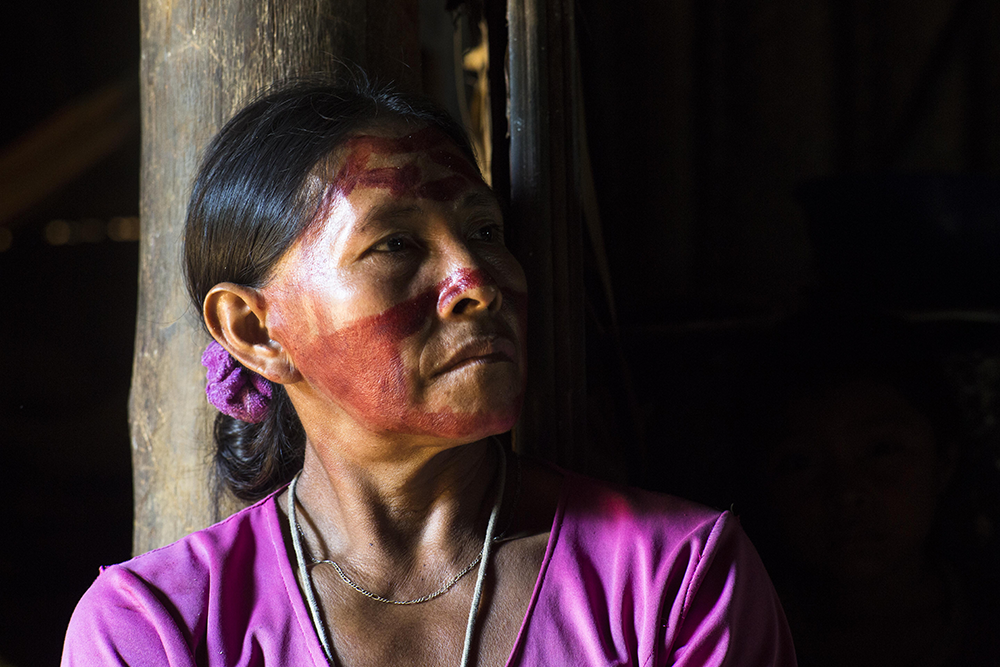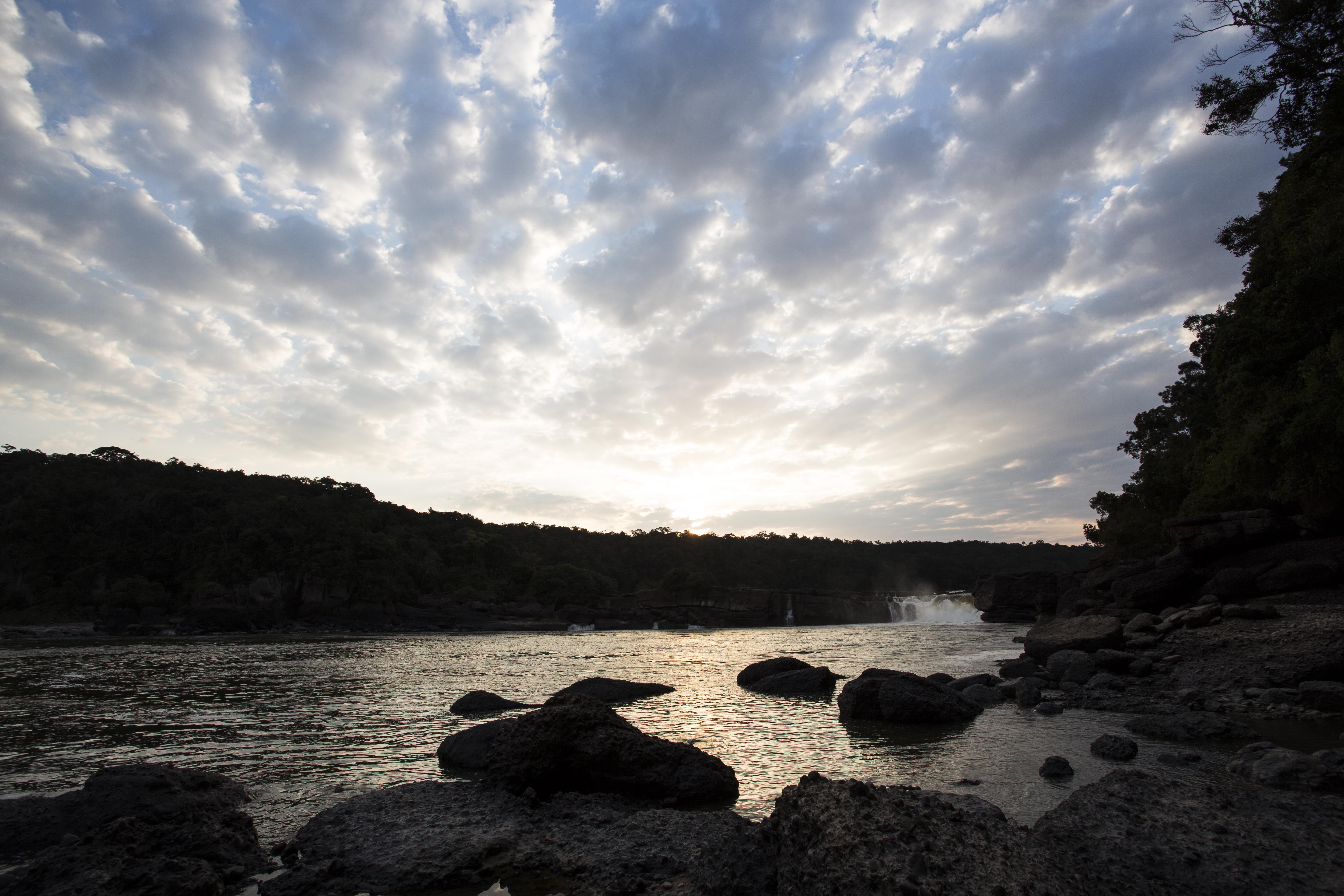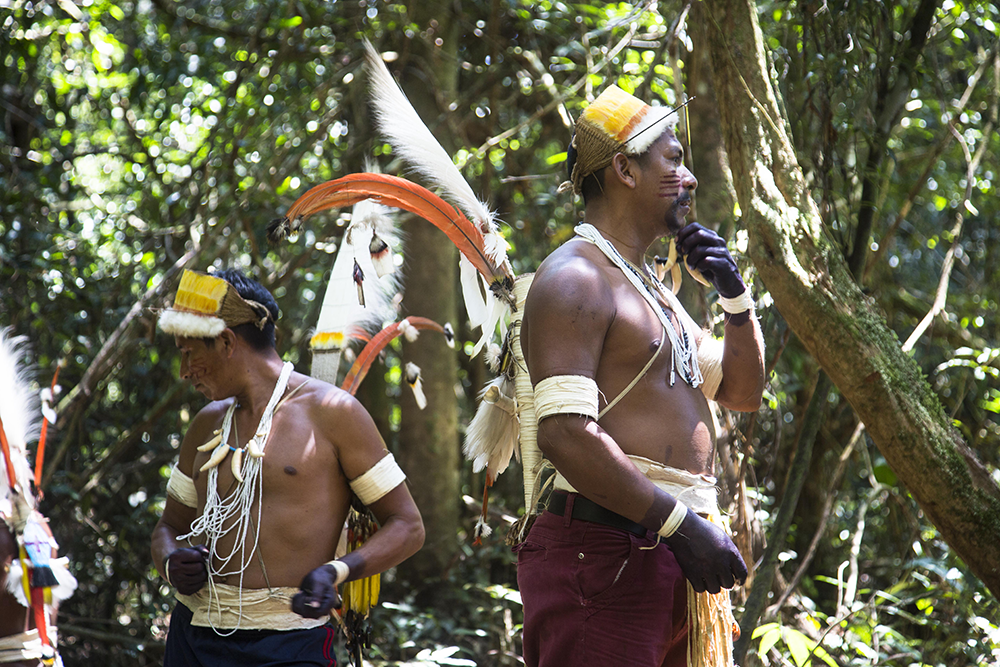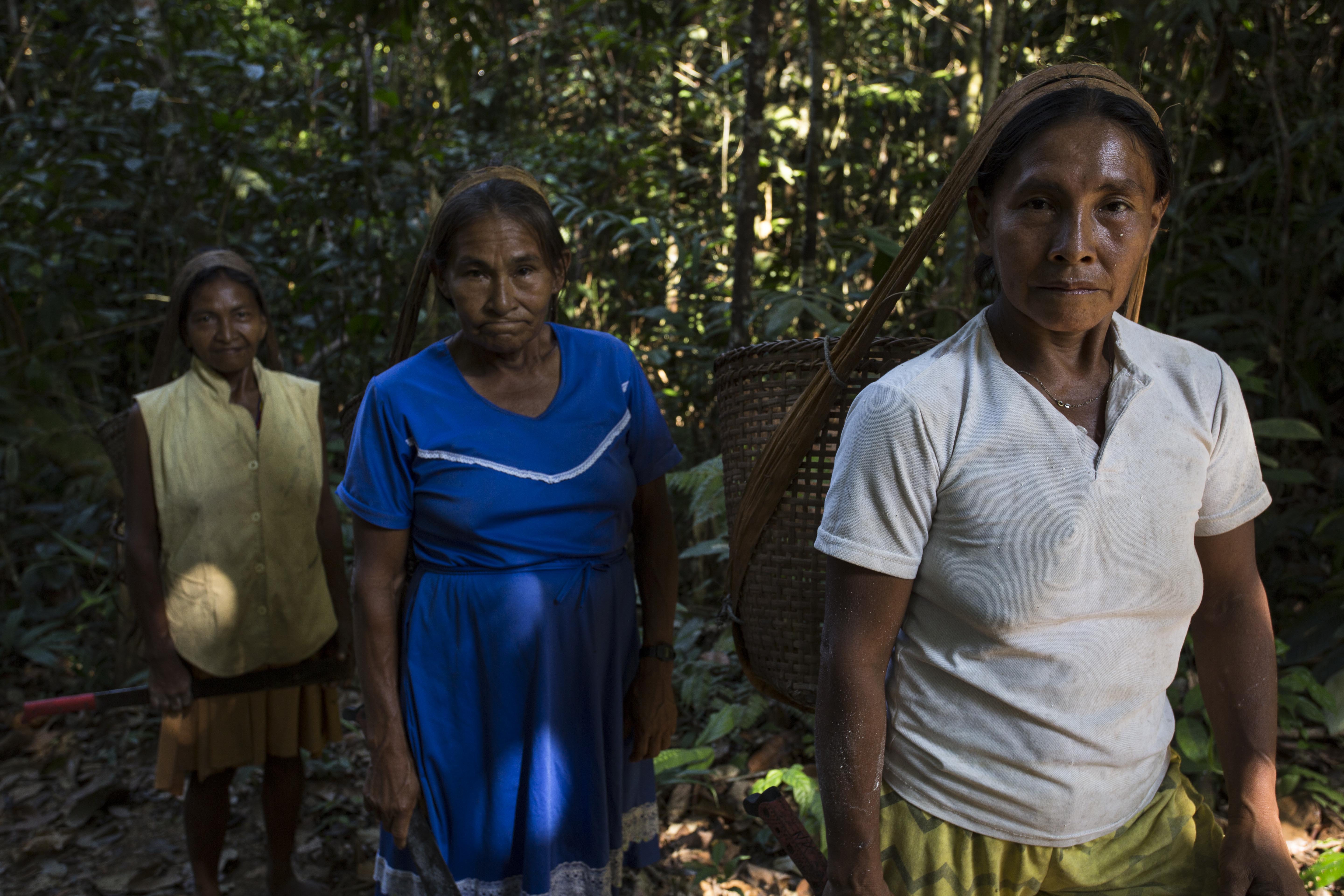




The Yaigojé Apaporis Indigenous Reserve was created in 1998 through a request of the indigenous Tanimuca, Yucana, Letuama, Matapí, Cabayari, Macuna, Barazano, and Yujup-Macú peoples. In 2008, through a consensus in an extraordinary session of the Traditional Authorities and the Indigenous Captains (ATCI), these communities decided to request the creation of a National Park overlapping the limits of the Reserve. The request was based on the consideration that this would eliminate the development of mining operations and other natural resources exploitation that might endanger biodiversity, their sacred sites and, as a consequence, their customs, social composition, and environmental context.
The creation of the Yaigojé Apaporis Indigenous Reserve and Natural National Park has a long process of working with the GAIA Amazonas Foundation, which had the technical and financial support of the Gordon & Betty Moore Foundation. The decision to move to a Special Management Regime (REM) needed the have full local support, ensure the autonomy of the indigenous communities, and strengthen their traditional systems. In addition, it was necessary for them to have negotiation and coordination skills to establish an agreement with the State.
- Traditional indigenous communities empowered in their decision-making.
- Colombia's legal framework recognizes indigenous autonomy and their role as public and environmental authorities within their territories.
- Availability of financial resources from the State and foreign organizations to implement an effective process of informed previous consultation.
- Successful relationship experience between PNNC, indigenous authority and civil society to strengthen territorial environmental governance.
Once the decision to create the park was made, the following step was the agreement between the Colombian Natural National Parks (PNNC) and the Yaigojé Apaporis Indigenous Captains Association (ACIYA) to carry out a free, informed and previous consultation process that would allow greater social participation and collective construction in terms of definition of limits, area extension, conservation objectives and joint construction of the REM. As a result, the ATCI established management agreements between the State and the Indigenous Authorities stating that the integrated management of the area would be based on traditional knowledge and regulations received in accordance with the way of conceiving the world of each of the seven indigenous peoples and their 19 communities, respecting indigenous autonomy, their rights over their communal lands, their sacred sites, and their cultural values. Thus, in October 2009 the constitution of the Yaigojé Apaporis Natural Park was declared.